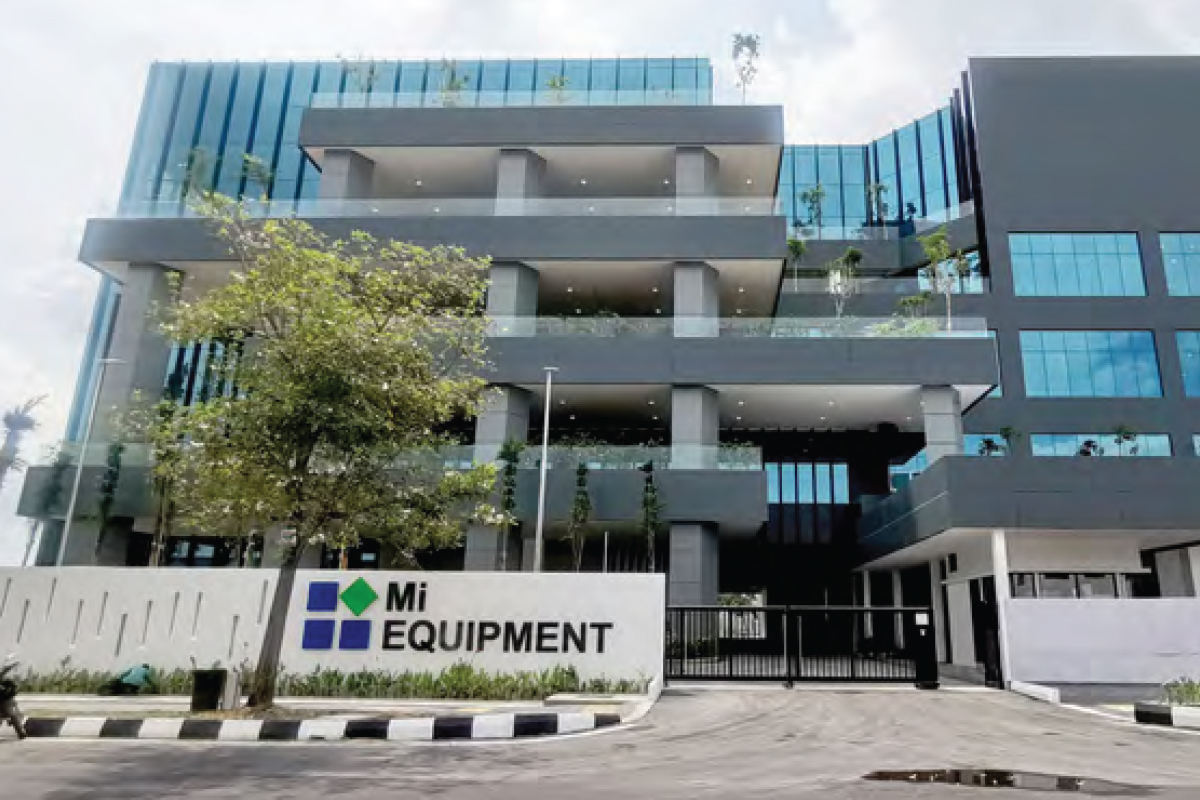
KUALA LUMPUR (Oct 23): Mi Technovation Bhd posted a 29.24% decline in net profit for the third quarter ended Sept 30, 2020 to RM12.32 million from RM17.42 million a year earlier, despite higher revenue.
In a bourse filing, the group said its revenue for the quarter rose 35.88% to RM64.28 million from RM47.3 million a year ago.
The group said the fall in net earnings was mainly due to higher fixed costs at its new factory in Batu Kawan, higher commission payable to external sales agents, as well as foreign exchange loss.
Meanwhile, it attributed the higher revenue mainly to stronger demand from its customers in the northeast Asia region, resulting from the growth in capital investment from certain outsourced semiconductor assembly and test companies (OSATs) in the advanced/wafer level packaging segment.
For the nine months ended Sept 30, 2020, the group’s net profit slipped 2.06% to RM40.8 million from RM41.66 million a year ago. Its revenue, however, increased by 31.33% to RM161.44 million, from RM122.92 million.
“2020 has been a turbulent year with the pandemic and trade tensions. Although the market may be affected in the short term as some capex decisions are deferred, we have plans to fill up the capacity and the emergence of a dual supply chain will benefit us eventually.
“We expect the market for semiconductor equipment to remain robust for the rest of 2020 spilling over to 2021,” said the group.
The group also noted that most of its activities and inquiries have been from its North Asia market, such as China, Taiwan and Korea.
“We believe that these markets will remain vibrant for the coming years and we have positioned our group to capture the market through our regional technology centres in Taiwan, Korea and China,” it said.
The group is also planning to venture into new market segments beyond semiconductors and electronic and electrical products in 2021.
Mi Technovation shares rose 26 sen or 5.88% to close at RM4.68, valuing the company at RM3.5 billion.